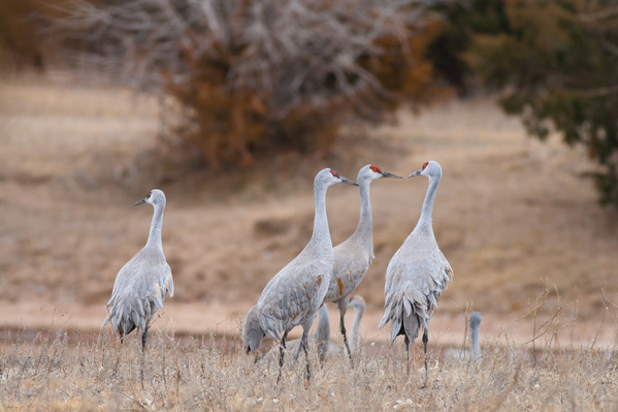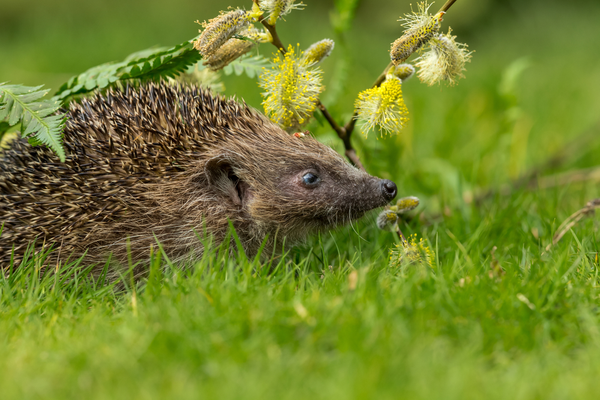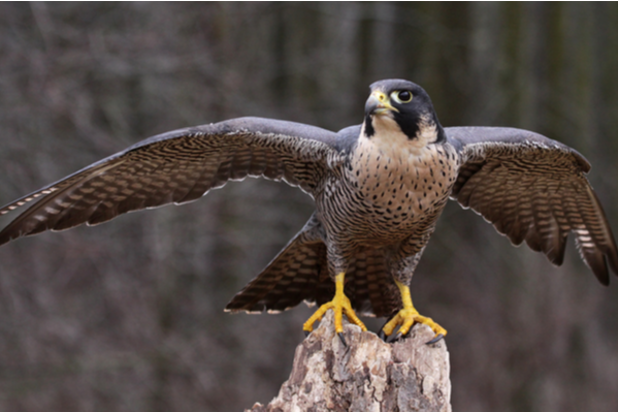There is almost always some kind of migratory movement of birds happening in North America. But the spring migration happens with predictable timing every year… unsurprisingly, in the spring. The precise timing varies based on species and location, but most commonly, spring migration begins anytime between late February to May.
Birds nibbling from bird feeders, taking baths in the fountain in the backyard, and singing and chirping early in the morning all feel like signs of spring. But before these birds arrive to let us know that spring has sprung, they go on a journey called spring migration.
What is spring migration?
Spring migration is the mass movement of birds toward their breeding grounds. The birds are returning from their wintering grounds, where they were able to stay warm and find food during the colder months in their homeland. Birds that nest in the Northern Hemisphere migrate northward in the spring so they can take advantage of the thriving insect population, budding plants, and flourishing nesting locations available there in spring and summer.
Why do birds migrate?
Birds migrate for two reasons: to avoid bad weather and to find food. Geese and ducks often leave the north in the winter to avoid freezing water, because they need open water to survive. Birds that eat insects also need to migrate because there is no food for them in the winter.
Which birds migrate?
Which types of birds you’ll see migrating in the spring depends on where you are in North America. But a few of the birds you may see during springtime in the northern Midwest to eastern areas of the U.S. are:
● Ducks. Dabbling ducks (the kind that tip their bills into shallow water in search of vegetation) can be found in thawed ponds, wetlands, and lakes with shallow edges.
● Sandhill cranes. During spring migration, the sandhill crane call can be heard as they fly north.
● Bluebirds, Robins, and Blackbirds. All three of these smaller species of bird make their way north in the spring.
● Loons. Loons require large, deep bodies of water for feeding. You may see them in reservoirs or lakes. You may even hear their mysterious call.
● Herons. When great blue herons return to the north, they start building their bulky stick nests. You can see these nests in the treetops near lakes and rivers.
● Canada Geese. Not all Canada geese migrate, but many who make their summer homes in Canada and northern US do.
When does spring migration begin?
There’s no specific day that spring migration begins. However, the window of spring migration can be anywhere from late February to May, depending on the type of bird. Ducks, bluebirds, robins, and blackbirds usually arrive in March. You will see loons and cranes begin to arrive in April.
When these birds arrive in your backyard, they’ve just finished a journey that could have been anywhere between two days to several weeks long. Birds in migration can travel thousands of miles at speeds of 30mph. Canada geese, for example, fly at an average speed of 40mph. They may even increase their speed to 70mph during a strong tailwind. Their migrations can be as long as 3,000 miles. But that doesn’t take them too much time, because they are capable of flying up to 1,500 miles in a single day.
If you have questions about spring migration or you’re dealing with a problem bird in your yard or home, get in touch with Varment Guard today! We’re here to help you solve all of your wildlife challenges in a safe, humane, and effective way!









